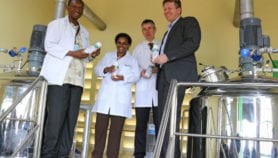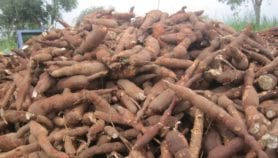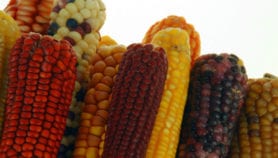By: Wagdy Sawahel
Send to a friend
The details you provide on this page will not be used to send unsolicited email, and will not be sold to a 3rd party. See privacy policy.
Scientists have genetically modified wheat and barley so the seeds still contain an important nutritional enzyme after cooking.
The enzyme phytase helps people absorb zinc and iron and the researchers say the plants could be used to alleviate dietary mineral deficiency, which affects 2-3 billion people worldwide, primarily in developing countries.
In wheat, phytase looses its effectiveness at 63 degrees Celsius.
The team led by Henrik Brinch-Pedersen of the Danish Institute of Agricultural Sciences produced genetically modified (GM) wheat plants with phytase stable up to 89 degrees Celsius by inserting a phytase gene from the fungus Aspergillus fumigatus.
Flour produced from the GM wheat had up to six times more phytase than non-GM wheat flour.
Brinch-Pedersen’s team also showed that even after boiling the GM wheat seeds for 20 minutes, they still contained enough phytase to allow people to absorb a significant amount of minerals.
The boiling test reduced the seeds’ phytase content by 42 per cent, comparable to what is contained in unboiled non-GM seeds.
Iron deficiency in women and children in poor countries is the main cause of anaemia, which can stunt children’s development and cause chronic fatigue in adults (see GM maize ‘could help fight against iron-deficiency’).
Zinc deficiency increases people’s susceptibility to pneumonia and watery diarrhoea, a major cause of death for children in the developing world (see Zinc ‘safe’ to protect HIV children from deadly illness).
Speaking to SciDev.Net, Brinch-Pedersen said his team had also developed GM barely plants with heat-stable phytases and were planning to do the same for rice.
The research was published on 2 June in the Journal of Agricultural and Food Chemistry.
Link to abstract of the paper in the Journal of Agricultural and Food ChemistryReference: Journal of Agricultural and Food Chemistry doi : 10.1021/jf0600152 (2006)













